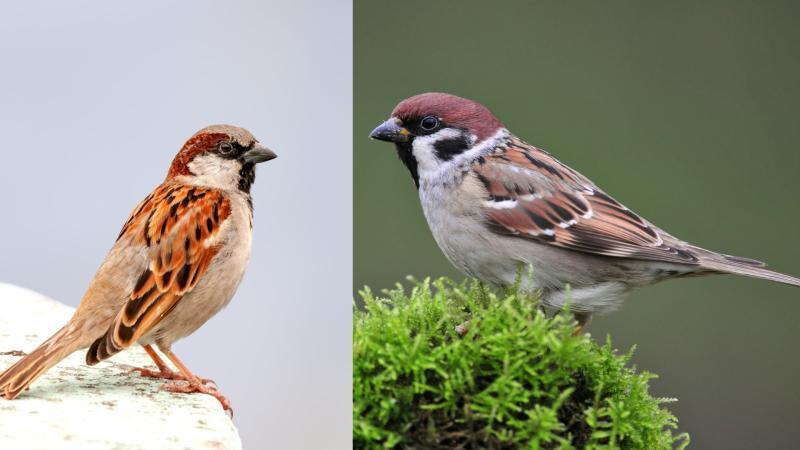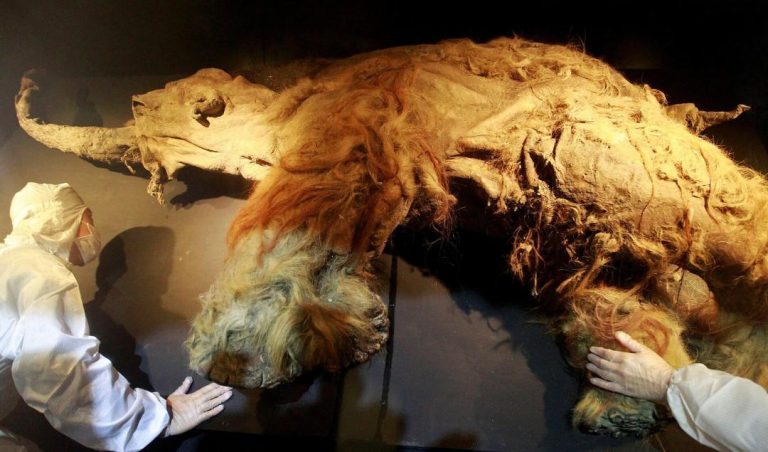
Urban house sparrow young fare worse than rural ones: Study
The House Sparrow, once a ubiquitous sight in both urban and rural areas, has been declining in recent years, particularly in cities. While the exact causes of this decline are still being studied, researchers from India have shed some light on the challenges faced by urban House Sparrows. A recent study has found that despite increased parental effort, young House Sparrows in urban areas have much lower survival rates compared to their rural counterparts.
The study, which focused on the breeding habits of House Sparrows in urban and rural areas, revealed some interesting insights. Researchers observed that urban female House Sparrows put in more effort when it comes to feeding and incubation, compared to their rural counterparts. This increased effort is likely a response to the harsher conditions found in urban areas, such as increased noise pollution, lack of food, and predation pressure.
However, despite this extra effort, the study found that the young of urban House Sparrows have significantly lower survival rates. In fact, the fledging success rate, which is the percentage of young birds that survive to leave the nest, dropped sharply to 41.2% in cities. This is in stark contrast to rural areas, where the fledging success rate was found to be much higher.
So, what is causing this discrepancy? The study found that nest predation is a major factor contributing to the low survival rates of urban House Sparrow young. In urban areas, the rate of nest predation was found to be three times higher than in rural areas. This is likely due to the presence of urban predators such as cats, dogs, and other birds, which are more abundant in cities.
Another factor contributing to the low survival rates of urban House Sparrow young is nest abandonment. The study found that urban nests were more likely to be abandoned, possibly due to the stresses of urban life, such as noise pollution and lack of food. When a nest is abandoned, the young are left vulnerable to predators and are unlikely to survive.
The study’s findings have important implications for conservation efforts. While it is heartening to see that urban female House Sparrows are putting in extra effort to care for their young, it is clear that this effort is not enough to overcome the challenges of urban life. To improve the survival rates of urban House Sparrows, better habitat planning is required.
This could involve creating more green spaces in cities, such as parks and gardens, which can provide a haven for House Sparrows and other urban wildlife. Additionally, measures can be taken to reduce nest predation, such as installing nest boxes in safe locations or providing alternative food sources to reduce the attractiveness of nests to predators.
The study also highlights the importance of considering the impact of urbanization on wildlife. As cities continue to grow and expand, it is essential that we take steps to mitigate the effects of urbanization on urban wildlife. This could involve incorporating wildlife-friendly features into urban planning, such as green roofs, bird-friendly windows, and wildlife corridors.
In conclusion, the study’s findings are a stark reminder of the challenges faced by urban House Sparrows. Despite the extra effort put in by urban female House Sparrows, their young are still struggling to survive. To address this issue, it is essential that we take a comprehensive approach, incorporating better habitat planning, reduced nest predation, and a greater consideration of the impact of urbanization on wildlife.
As we continue to urbanize and develop our cities, it is essential that we prioritize the needs of urban wildlife. By doing so, we can help to ensure the survival of species like the House Sparrow, and create more sustainable and biodiverse cities for the future.





